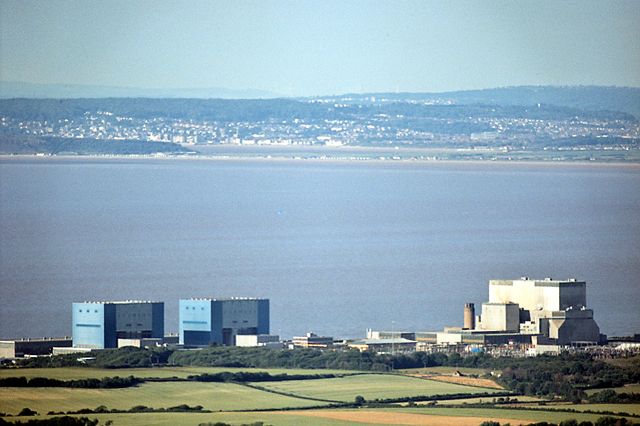 The UK government has finally given the go-ahead to build the new Hinkley C nuclear power station in Somerset. It will consist of two European pressurised reactors, a relatively new technology. No EPR plant has yet been completed, with the one in the most advanced stages of construction at Flamanville in France, having experienced many safety and construction problems. This is currently expected to be more than three times over budget and at least six years behind its original completion date of 2012.
The UK government has finally given the go-ahead to build the new Hinkley C nuclear power station in Somerset. It will consist of two European pressurised reactors, a relatively new technology. No EPR plant has yet been completed, with the one in the most advanced stages of construction at Flamanville in France, having experienced many safety and construction problems. This is currently expected to be more than three times over budget and at least six years behind its original completion date of 2012.
The Hinkley C power station, first proposed in 2007, is currently estimated to cost £18 billion. This cost will be borne entirely by its builder, EDF, the French 85% state-owned company, and its Chinese partner, CGN. When up and running – currently estimated at 2025 – it is expected to produce around 7% of the UK’s electricity output.
On becoming Prime Minister in July 2016, Theresa May announced that the approval for the plant would be put on hold while further investigation of its costs, benefits, 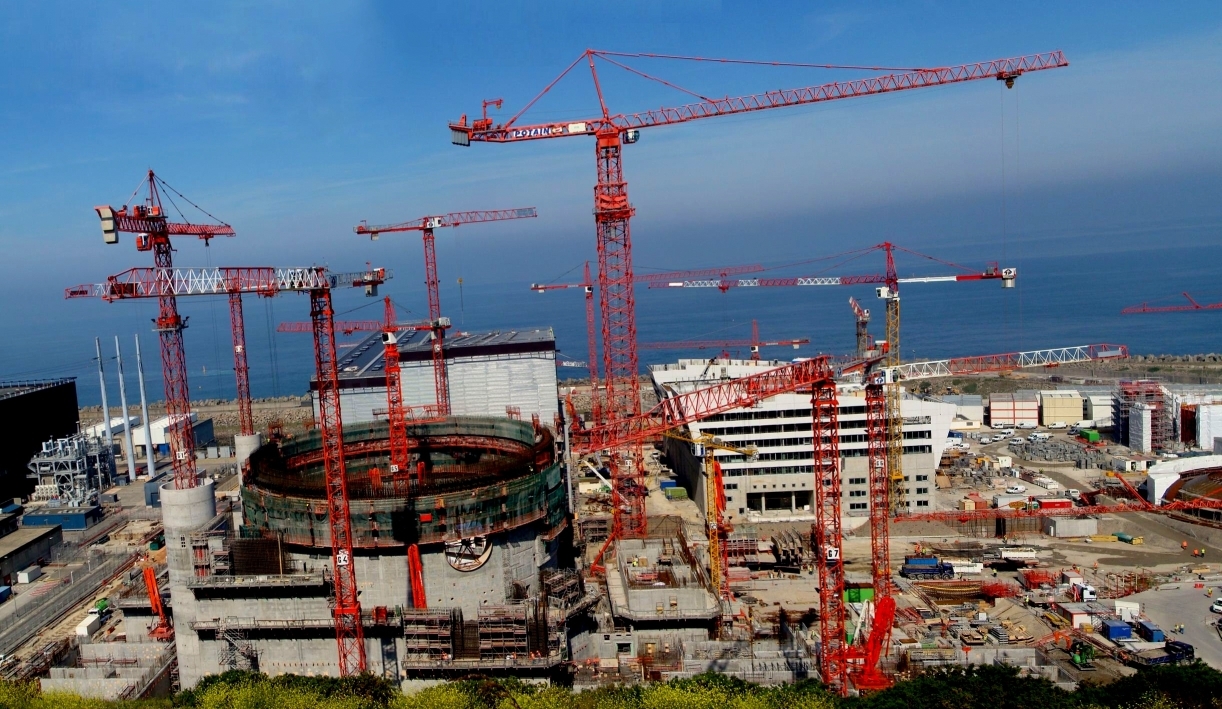 security concerns, technological issues and safeguards was conducted. This has now been completed and approval has been granted subject to new conditions. The main one is that the government “will be able to prevent the sale of EDF’s controlling stake prior to the completion of construction”. This will allow the government to prevent change of ownership during the construction phase. Thus, for example, EDF, would not be allowed to sell its share of Hinkley C to CGN, which currently has a one-third share in the project. EDF and CGN have accepted the new terms.
security concerns, technological issues and safeguards was conducted. This has now been completed and approval has been granted subject to new conditions. The main one is that the government “will be able to prevent the sale of EDF’s controlling stake prior to the completion of construction”. This will allow the government to prevent change of ownership during the construction phase. Thus, for example, EDF, would not be allowed to sell its share of Hinkley C to CGN, which currently has a one-third share in the project. EDF and CGN have accepted the new terms.
After Hinkley the government will have a ‘golden share’ in all future nuclear projects. “This will ensure that significant stakes cannot be sold without the Government’s knowledge or consent.”
In return for their full financing of the project, the government has guaranteed EDF and CGN a price of £92.50 per megawatt hour of electricity (in 2012 prices). This price will be borne by consumers. It will rise with inflation from now and over the first 35 years of the power station’s operation. It is expected that the Hinkley C will have a life of 60 years.
Critics point out that this guaranteed ‘strike price’ is more than double the current wholesale price of electricity and, with the price of renewables falling as technology improves, it will be an expensive way to meet the UK’s electricity needs and cut carbon emissions.
Those in favour argue that it is impossible to predict electricity prices into the distant future and that the certainty this plant will give is worth the high price by current standards.
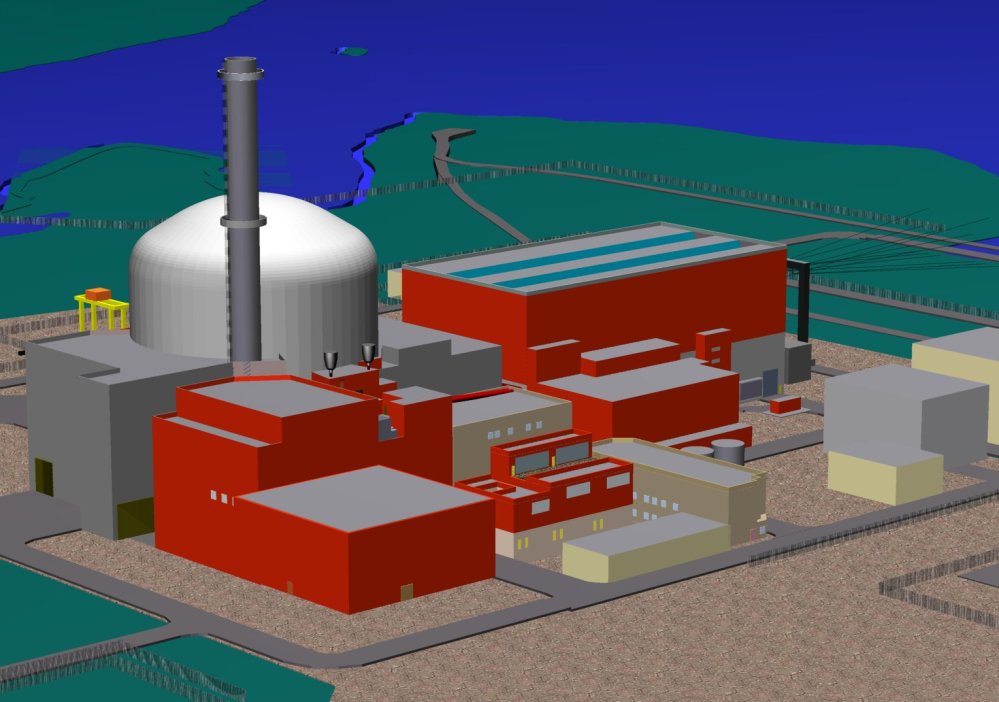
To assess the desirability of the plant requires an assessment of its costs and benefits. In principle, this is a relatively simple process of identifying and measuring the costs and benefits, including external costs and benefits; discounting future costs and benefits to give them a present value; weighting them by their probability of occurrence; then calculating whether the net present value is positive or negative. A sensitivity analysis could also be conducted to show just how sensitive the net present value would be to changes in the value of specific costs or benefits.
In practice the process is far from simple – largely because of the huge uncertainty over specific costs and benefits. These include future wholesale electricity prices, unforeseen problems in construction and operation, and a range of political issues, such as pressure from various interest groups, and attitudes and actions of EDF and CGN and their respective governments, which will affect not only Hinkley C but other future power stations.
The articles look at the costs and benefits of this, the most expensive construction project ever in the UK, and possibly on Earth..
Articles
Hinkley Point: UK approves nuclear plant deal BBC News (15/9/16)
Hinkley Point: What is it and why is it important? BBC News, John Moylan (15/9/16)
 ‘The case hasn’t changed’ for Hinkley Point C BBC Today Programme, Malcolm Grimston (29/7/16)
‘The case hasn’t changed’ for Hinkley Point C BBC Today Programme, Malcolm Grimston (29/7/16)
U.K. Approves EDF’s £18 Billion Hinkley Point Nuclear Project Bloomberg, Francois De Beaupuy (14/9/16)
Hinkley Point C nuclear power station gets government green light The Guardian, Rowena Mason and Simon Goodley (15/9/16)
Hinkley Point C: now for a deep rethink on the nuclear adventure? The Guardian, Nils Pratley (15/9/16)
Hinkley Point C finally gets green light as Government approves nuclear deal with EDF and China The Telegraph, Emily Gosden (15/9/16)
UK gives go-ahead for ‘revised’ £18bn Hinkley Point plant Financial Times, Andrew Ward, Jim Pickard and Michael Stothard (15/9/16)
Hinkley Point: Is the UK getting a good deal? Financial Times, Andrew Ward (15/9/16)
Hinkley Point is risk for overstretched EDF, warn critics Financial Times, Michael Stothard (15/9/16)
Hinkley C must be the first of many new nuclear plants The Conversation, Simon Hogg (16/9/16)
Report
Nuclear power in the UK National Audit Office, Sir Amyas Morse, Comptroller and Auditor General (12/7/16)
Questions
- Summarise the arguments for going ahead with Hinkley C.
- Summarise the objections to Hinkley C.
- What categories of uncertain costs and uncertain benefits are there for the project?
- Is the project in EDF’s interests?
- How will the government’s golden share system operate?
- How should the discount rate be chosen for discounting future costs and benefits from a project such as Hinkley C?
- What factors will determine the wholesale price of electricity over the coming years? In real terms, do you think it is likely to rise or fall? Explain.
- If nuclear power has high fixed costs and low marginal costs, how does this affect how much nuclear power stations should be used in a situation of daily and seasonal fluctuations in demand?
- How could ‘smart grid’ technology smooth out peaks and troughs in electricity supply and demand? How does this affect the relative arguments about nuclear power versus renewables?
 Short-termism is a problem which has dogged British firms and is part of the explanation of low investment in the UK. Shareholders, many of which are large pension funds and other financial institutions, are more concerned with short-term returns than long-term growth and productivity. Likewise, senior managers’ rewards are often linked to short-term performance rather than the long-term health of the company.
Short-termism is a problem which has dogged British firms and is part of the explanation of low investment in the UK. Shareholders, many of which are large pension funds and other financial institutions, are more concerned with short-term returns than long-term growth and productivity. Likewise, senior managers’ rewards are often linked to short-term performance rather than the long-term health of the company.
But the stakeholders in companies extend well beyond owners and senior managers. Workers, consumers, suppliers, local residents and the country as a whole are all stakeholders in companies.
So is the current model of capitalism fit for purpose? According to the new May government, workers and consumers should be represented on the boards of major British companies. The Personnel Today article quotes Theresa May as saying:
‘The people who run big businesses are supposed to be accountable to outsiders, to non-executive directors, who are supposed to ask the difficult questions. 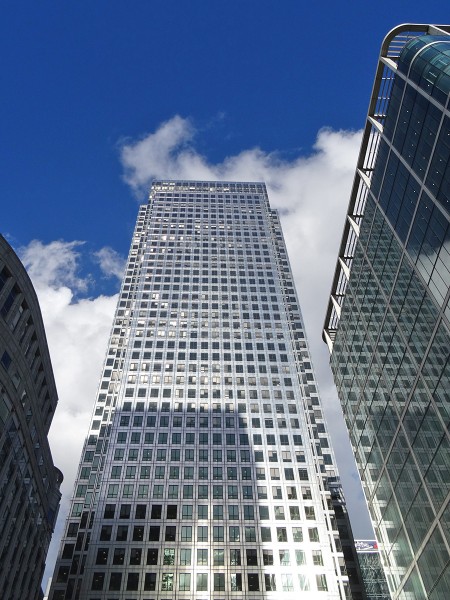 In practice, they are drawn from the same, narrow social and professional circles as the executive team and – as we have seen time and time again – the scrutiny they provide is just not good enough.
In practice, they are drawn from the same, narrow social and professional circles as the executive team and – as we have seen time and time again – the scrutiny they provide is just not good enough.
We’re going to change that system – and we’re going to have not just consumers represented on company boards, but workers as well.’
This model is not new. Many countries, such as France and Germany, have had worker representatives on boards for many years. There the focus is often less on short-term profit maximisation and more on the long-term performance of the company in terms of a range of indicators.
Extending this model to stakeholder groups more generally could see companies taking broader social objectives into account. And the number of companies which put corporate social responsibility high on their agenda could increase significantly.
And this approach can ultimately bring better returns to shareholders. As the first The Conversation article below states:
This is something that research into a ‘Relational Company’ model has found – by putting the interests of all stakeholders at the heart of their decision making, companies can become more competitive, stable and successful. Ultimately, this will generate greater returns for shareholders.
While CSR has become mainstream in terms of the public face of some large corporations, it has tended to be one of the first things to be cut when economic growth weakens. The findings from Business in the Community’s 2016 Corporate Responsibility Index suggest that many firms are considering how corporate responsibility can positively affect profits. 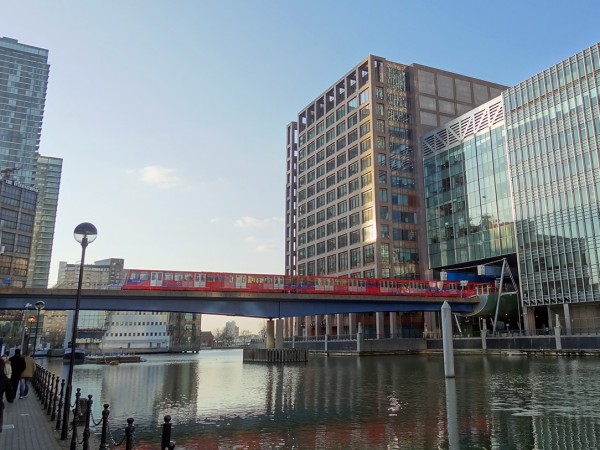 However, it remains the case that there are still many firms and consumers that care relatively little about the social or natural environment. Indeed, each year, fewer companies take part in the CR Index. In 2016 there were 43 firms; in 2015, 68 firms; in 2014, 97 firms; in 2013, 126 firms.
However, it remains the case that there are still many firms and consumers that care relatively little about the social or natural environment. Indeed, each year, fewer companies take part in the CR Index. In 2016 there were 43 firms; in 2015, 68 firms; in 2014, 97 firms; in 2013, 126 firms.
In addition to promising to give greater voice to stakeholder groups, Mrs May has also said that she intends to curb executive pay. Shareholders will be given binding powers to block executive remuneration packages. But whether shareholders are best placed to do this questionable. If shareholders’ interests are the short-term returns on their investment, then they may well approve of linking executive remuneration to short-term returns rather than on the long-term health of the company or its role in society more generally.
When leaders come to power, they often make promises that are never fulfilled. Time will tell whether the new government will make radical changes to capitalism in the UK or whether a move to greater stakeholder power will remain merely an aspiration.
Articles
Will Theresa May break from Thatcherism and transform business? The Conversation, Arad Reisberg (19/7/16)
Democratise companies to rein in excessive banker bonuses The Conversation, Prem Sikka (14/3/16)
Theresa May promises worker representatives on boards Personnel Today, Rob Moss (11/7/16)
If Theresa May is serious about inequality she’ll ditch Osbornomics The Guardian, Mariana Mazzucato and Michael Jacobs (19/7/16)
Theresa May should beware of imitating the German model Financial Times, Ursula Weidenfeld (12/7/16)
Questions
- To what extent is the pursuit of maximum short-term profits in the interests of (a) shareholders; (b) consumers; (c) workers; (d) suppliers; (e) society generally; (f) the environment?
- How could British industry be restructured so as to encourage a greater proportion of GDP being devoted to investment?
- How would greater flexibility in labour markets affect the perspectives on company performance of worker representatives on boards?
- How does worker representation in capitalism work in Germany? What are the advantages and disadvantages of this model? (See the panel in the Personnel Today article and the Financial Times article.)
- What do you understand by ‘industrial policy’? How can it be used to increase investment, productivity, growth and the pursuit of broader stakeholder interests?
 Over 2015 quarter 3, stock markets around the world have seen their biggest falls for four years. As the BBC article states: ‘the numbers for the major markets from July to September make for sobering reading’.
Over 2015 quarter 3, stock markets around the world have seen their biggest falls for four years. As the BBC article states: ‘the numbers for the major markets from July to September make for sobering reading’.
• US Dow Jones: –7.9%
• UK FTSE 100: –7.04%
• Germany Dax: –11.74%
• Japan Nikkei: –14.47%
• Shanghai Composite: –24.69%
So can these falls be fully explained by the underlying economic situation or is there an element of over-correction, driven by pessimism? And, if so, will markets bounce back somewhat? Indeed, from 30 September to 2 October, markets did experience a rally. For example, the FTSE 100 rose from a low of 5877 on 29 September to close at 6130 on 3 October (a rise of 4.3%). But is this what is known as a ‘dead cat bounce’, which will see markets fall back again as pessimism once more takes hold?
As far as the global economic scenario is concerned, things have definitely darkened in the past few months. As Christine Lagarde, Managing Director of the IMF, said in an address in Washington ahead of the release of the IMF’s 6-monthly, World Economic Outlook:
I am concerned about the state of global affairs. The refugee influx into Europe is the latest symptom of sharp political and economic tensions 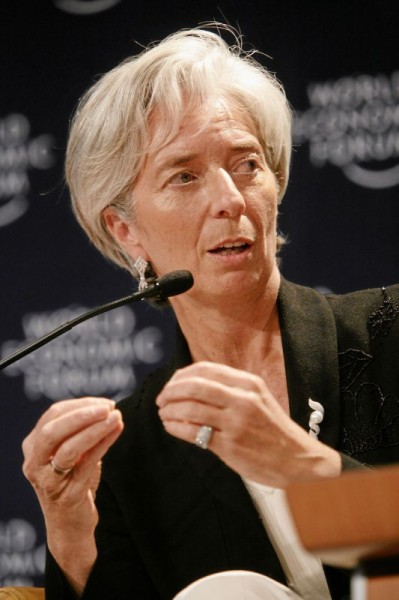 in North Africa and the Middle East. While this refugee crisis captures media attention in the advanced economies, it is by no means an isolated event. Conflicts are raging in many other parts of the world, too, and there are close to 60 million displaced people worldwide.
in North Africa and the Middle East. While this refugee crisis captures media attention in the advanced economies, it is by no means an isolated event. Conflicts are raging in many other parts of the world, too, and there are close to 60 million displaced people worldwide.
Let us also not forget that the year 2015 is on course to be the hottest year on record, with an extremely strong El Niño that has spawned weather-related calamities in the Pacific.
On the economic front, there is also reason to be concerned. The prospect of rising interest rates in the United States and China’s slowdown are contributing to uncertainty and higher market volatility. There has been a sharp deceleration in the growth of global trade. And the rapid drop in commodity prices is posing problems for resource-based economies.
Words such as these are bound to fuel an atmosphere of pessimism. Emerging economies are expected to see slowing economic growth for the fifth year in succession. 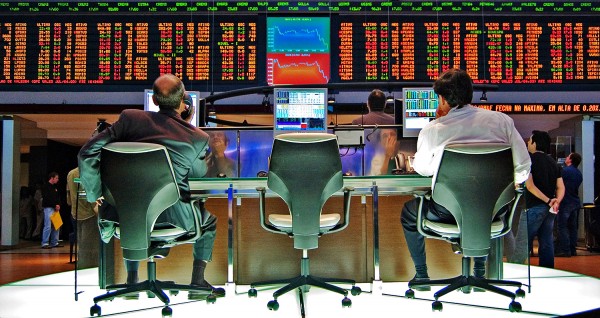 And financial stability is still not yet assured despite efforts to repair balance sheets following the financial crash of 2008/9.
And financial stability is still not yet assured despite efforts to repair balance sheets following the financial crash of 2008/9.
But as far as stock markets are concerned, the ECB is in the process of a massive quantitative easing programme, which will boost asset prices, and Japan looks as if it too will embark on a further round of QE. Interest rates remain very low, and, as we discussed in the blog Down down deeper and down, or a new Status Quo?, some central banks now have negative rates of interest. This makes shares relatively attractive for savers, so long as it is believed that they will rise over the medium term.
 Then there is the question of speculation. The falls were partly due to people anticipating that share prices would fall. But has this led to overshooting, with prices set to rise again? Or, will pessimism set in once more as people become even gloomier about the world economy? If only I had a crystal ball!
Then there is the question of speculation. The falls were partly due to people anticipating that share prices would fall. But has this led to overshooting, with prices set to rise again? Or, will pessimism set in once more as people become even gloomier about the world economy? If only I had a crystal ball!
Articles
Markets see their worst quarter in four years BBC News (1/10/15)
Weak Jobs Data Can’t Keep U.S. Stocks Down Wall Street Journal, Corrie Driebusch (2/10/15)
What the 3rd Quarter Tells Us About The Stock Market In October EFT Trends, Gary Gordon (2/10/15)
The bull market ahead: Why shares should make 6.7pc a year until 2025 The Telegraph, Kyle Caldwell (5/9/15)
Is the FTSE 100’s six year run at an end? The bull and bear points The Telegraph, Kyle Caldwell (24/8/15)
Webcasts
 The stock market bull may not be dead yet CNNMoney (29/9/15)
The stock market bull may not be dead yet CNNMoney (29/9/15)
 IMF’s Lagarde: More volatility likely for emerging markets CNBC, Everett Rosenfeld (30/9/15)
IMF’s Lagarde: More volatility likely for emerging markets CNBC, Everett Rosenfeld (30/9/15)
 What’s next for stocks after worst quarter in four year CNBC, Patti Domm (30/9/15)
What’s next for stocks after worst quarter in four year CNBC, Patti Domm (30/9/15)
 Global markets to log worst quarter since 2011 CNBC, Nyshka Chandran (30/9/15)
Global markets to log worst quarter since 2011 CNBC, Nyshka Chandran (30/9/15)
Speech
Managing the Transition to a Healthier Global Economy IMF, Christine Lagarde (30/9/15)
Questions
- Distinguish between stabilising and destabilising speculation. Is it typical over a period of time that you will get both? Explain.
- What is meant by a ‘dead cat bounce’? How would you set about identifying whether a given rally was such a phenomenon?
- Examine the relationship between the state (and anticipated state) of the global economy and share prices.
- What is meant by (a) the dividend yield on a share; (b) the price/earnings ratio of a share? Investigate what has been happening to dividend yields and price/earnings ratios over the past few months. What is the relationship between dividend yields and share prices?
- Distinguish between bull and bear markets.
- What factors are likely to drive share prices (a) higher; (b) lower?
- Is now the time for investors to buy shares?
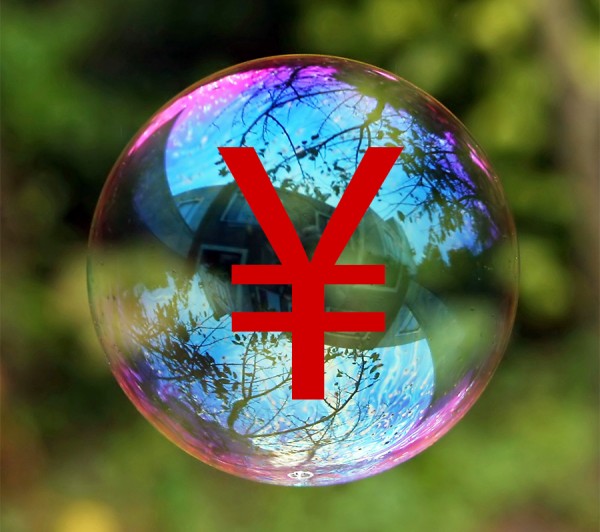 Many Chinese people have taken to investing on the Chinese stock market, seeing it as a way of making a lot of money quickly. From October 2014 to June this year the market soared, rising by 126% from 2290 to 5166.
Many Chinese people have taken to investing on the Chinese stock market, seeing it as a way of making a lot of money quickly. From October 2014 to June this year the market soared, rising by 126% from 2290 to 5166.
More and more people used their savings to buy stocks and China now has over 90 million individual investors. And it was not just savings that were invested. Increasingly people have been borrowing money to invest, seeing it as an easy way of making money. Unlike stock markets in developed countries, where the majority of shares are held by financial organisations, such as pension funds, holdings by individuals account for about 80% of stocks on the Chinese market.
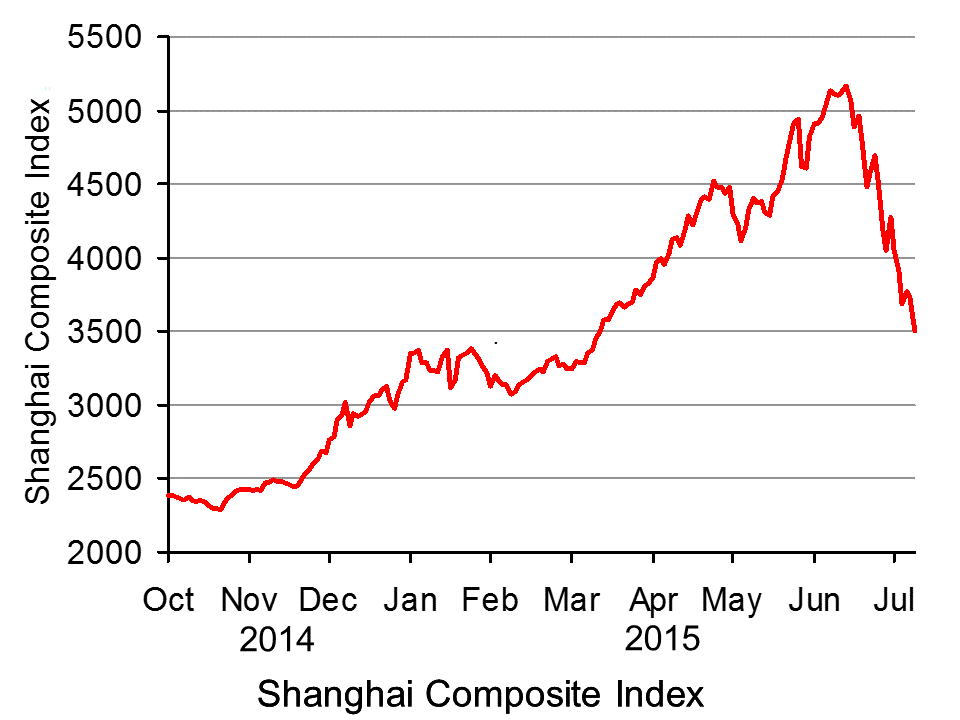 But since mid-June, share prices have plummeted by 32% (see chart). People have thus seen a huge fall in the value of their savings, while many others have found their shareholdings worth less than their debts. The fall, like the rise that preceded it, has been driven by speculation, fuelled by first optimism and then pessimism.
But since mid-June, share prices have plummeted by 32% (see chart). People have thus seen a huge fall in the value of their savings, while many others have found their shareholdings worth less than their debts. The fall, like the rise that preceded it, has been driven by speculation, fuelled by first optimism and then pessimism.
The Chinese government is worried that the fall might dampen investment and economic growth. It has thus has been supplying liquidity to various institutions to buy shares, but this has had little effect and is dismissed by many as meddling. What is more it could expose companies which take advantage of the liquidity to greater risk.
So serious has been the rout, that over 50% of listed companies have halted trading on the mainland Chinese stock exchanges.
So just why has there been this bubble and why has it burst? What implications will it have for (a) China and (b) the rest of the world? The following articles explore the issues.

China’s stock market fall hits small investors BBC News Magazine, John Sudworth (7/7/15)
 China Stocks Plunge as State Support Fails to Revive Confidence Bloomberg (8/7/15)
China Stocks Plunge as State Support Fails to Revive Confidence Bloomberg (8/7/15)
Chinese stocks are crashing Business Insider UK, Myles Udland, David Scutt (8/7/15)
Shanghai stocks plunge, over 1,200 Chinese companies halt trading Economic Times of India (8/7/15)
Everyone freaking out about China’s stock-market crash is missing one thing Business Insider UK, Elena Holodny (7/7/15)
China’s stock market has lost nearly a third of its value in a month Vox, Timothy B. Lee (8/7/15)
Chinese leaders may be undermined as investors suffer stock market slide The Guardian, Emma Graham-Harrison (8/7/15)
Opinion: China’s stock-market crash is just beginning MarketWatch, Howard Gold (8/7/15)
What does China’s stock market crash tell us? BBC News (22/7/15)
Questions
- What is meant by a ‘bubble’? Has the recent performance of the Shanghai Stock Market been an example of a bubble?
- Is the current fall in share prices in China an example of overshooting? Explain how you would decide.
- Distinguish between stabilising and destabilising speculation. Why does destabilising speculation not go on for ever?
- What is meant by the ‘stock market wealth effect’? How is the fall in the Chinese stock market likely to affect consumption and investment in China? How does the proportion of assets held in the form of shares affect the magnitude of the effect?
- What are the likely implications of the fall in the Chinese stock market for the rest of the world?
- Why has the Hong Kong stock market not behaved in the same way as the Shanghai market?
- What have the Chinese authorities been doing to arrest the fall in share prices? How likely are they to succeed?
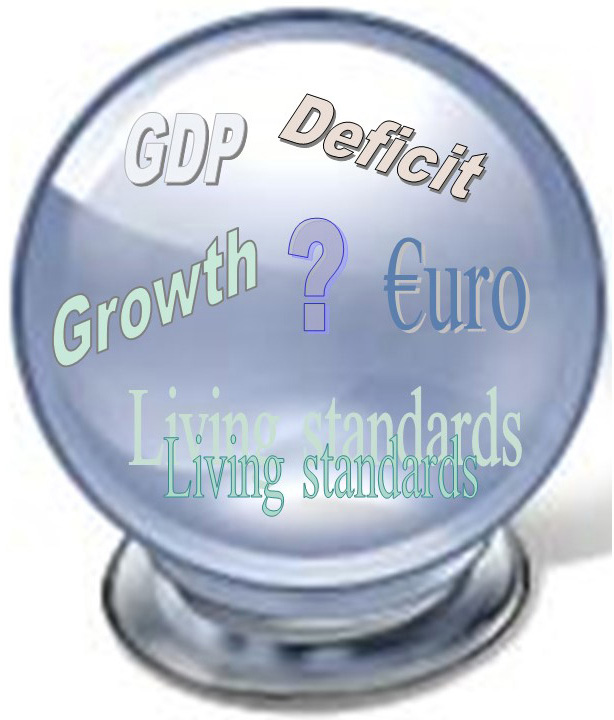 With worries about Greek exit from the eurozone, with the unlikelihood of further quantitative easing in the USA and the UK, with interest rates likely to rise in the medium term, and with Chinese growth predicted to be more moderate, many market analysts are forecasting that stock markets are likely to fall in the near future. Indeed, markets are already down over the past few weeks. Since late April/early May, the FTSE is down 4.5%; the German DAX index is down 7.0%; the French CAC40 index is down 6.9%; and the US Dow Jones index is down 2.3%. But does this give us an indication of what is likely to happen over the coming months?
With worries about Greek exit from the eurozone, with the unlikelihood of further quantitative easing in the USA and the UK, with interest rates likely to rise in the medium term, and with Chinese growth predicted to be more moderate, many market analysts are forecasting that stock markets are likely to fall in the near future. Indeed, markets are already down over the past few weeks. Since late April/early May, the FTSE is down 4.5%; the German DAX index is down 7.0%; the French CAC40 index is down 6.9%; and the US Dow Jones index is down 2.3%. But does this give us an indication of what is likely to happen over the coming months?
If stock markets were perfectly efficient, then all possible information about the future will already have been taken into account and will all be reflected in current share prices. It would be impossible to ‘get ahead of the game’.
It is only if market participants have imperfect information and if you have better information than other people that you can are likely to predict correctly what will happen. Even then, the markets might be buffeted by random and hence unpredictable shocks.
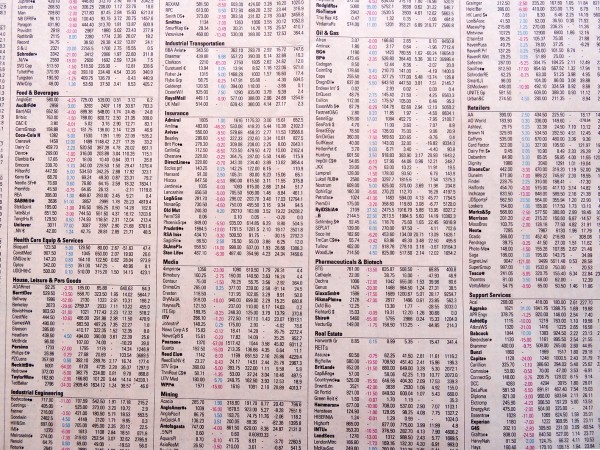 Some people correctly predicted things in the past: such as crashes or booms. But in many cases, this was luck and their subsequent predictions have proved to be wrong. When financial advisers or newspaper columnists give advice, they are often wrong. If they were reliably right, then people would follow their advice and markets would rapidly adjust to their predictions.
Some people correctly predicted things in the past: such as crashes or booms. But in many cases, this was luck and their subsequent predictions have proved to be wrong. When financial advisers or newspaper columnists give advice, they are often wrong. If they were reliably right, then people would follow their advice and markets would rapidly adjust to their predictions.
If Greece were definitely to exit the euro, if interest rates were definitely to rise in the near future, if it became generally believed that stock markets were overvalued, then stock markets would probably fall. But these things may not happen. After all, people have been predicting a rise in interest rates from their ultra-low levels for many months – and it hasn’t happened yet, and may not happen for some time to come – but it may!
If you want to buy shares, you might just as well buy them at random – or randomly sell any you already have. As Tetlock says, quoted in the Nasdaq article:
“Even the most astute observers will fail to outperform random prediction generators – the functional equivalent of dart-throwing chimps.”
And yet, people do believe that they can predict what is going to happen to stock markets – if not precisely, then at least roughly. Are they deluded, or can looking calmly at likely political and economic events put them one step ahead of other people who perhaps behave more reactively and emotionally?
Bond rout spells disaster for stock markets as global credit kraken awakens The Telegraph, John Ficenec (14/6/15)
Comment: Many imponderables for markets The Scotsman, Bill Jamieson (14/6/15)
How Ignoring Stock Market Forecasts Will make you a better investor Forbes, Ky Trang Ho (6/6/15)
The Predictions Racket Nasdaq, AdviceIQ, Jason Lina (21/5/15)
Questions
- Why may a return of rising interest rates lead to a ‘meltdown in equity prices’? Why might it not?
- Why have bond yields fallen dramatically since 2008?
- Why are bond yields rising again now and what significance might this have (or have had) for equity markets?
- Why may following the crowd often lead to buying high and selling low?
- Is there an asymmetry between buying and selling behaviour in stock markets?
- Will ignoring stock market forecasts make people better investors?
- “The stock market prices suggest that investors believe both the Federal Reserve and the Bank of England are bluffing about raising interest rates. That may be so, but it is an extremely risky game of chicken for investors to play.” Explain and discuss.
 The UK government has finally given the go-ahead to build the new Hinkley C nuclear power station in Somerset. It will consist of two European pressurised reactors, a relatively new technology. No EPR plant has yet been completed, with the one in the most advanced stages of construction at Flamanville in France, having experienced many safety and construction problems. This is currently expected to be more than three times over budget and at least six years behind its original completion date of 2012.
The UK government has finally given the go-ahead to build the new Hinkley C nuclear power station in Somerset. It will consist of two European pressurised reactors, a relatively new technology. No EPR plant has yet been completed, with the one in the most advanced stages of construction at Flamanville in France, having experienced many safety and construction problems. This is currently expected to be more than three times over budget and at least six years behind its original completion date of 2012. security concerns, technological issues and safeguards was conducted. This has now been completed and approval has been granted subject to new conditions. The main one is that the government “will be able to prevent the sale of EDF’s controlling stake prior to the completion of construction”. This will allow the government to prevent change of ownership during the construction phase. Thus, for example, EDF, would not be allowed to sell its share of Hinkley C to CGN, which currently has a one-third share in the project. EDF and CGN have accepted the new terms.
security concerns, technological issues and safeguards was conducted. This has now been completed and approval has been granted subject to new conditions. The main one is that the government “will be able to prevent the sale of EDF’s controlling stake prior to the completion of construction”. This will allow the government to prevent change of ownership during the construction phase. Thus, for example, EDF, would not be allowed to sell its share of Hinkley C to CGN, which currently has a one-third share in the project. EDF and CGN have accepted the new terms. ‘The case hasn’t changed’ for Hinkley Point C BBC Today Programme, Malcolm Grimston (29/7/16)
‘The case hasn’t changed’ for Hinkley Point C BBC Today Programme, Malcolm Grimston (29/7/16)











